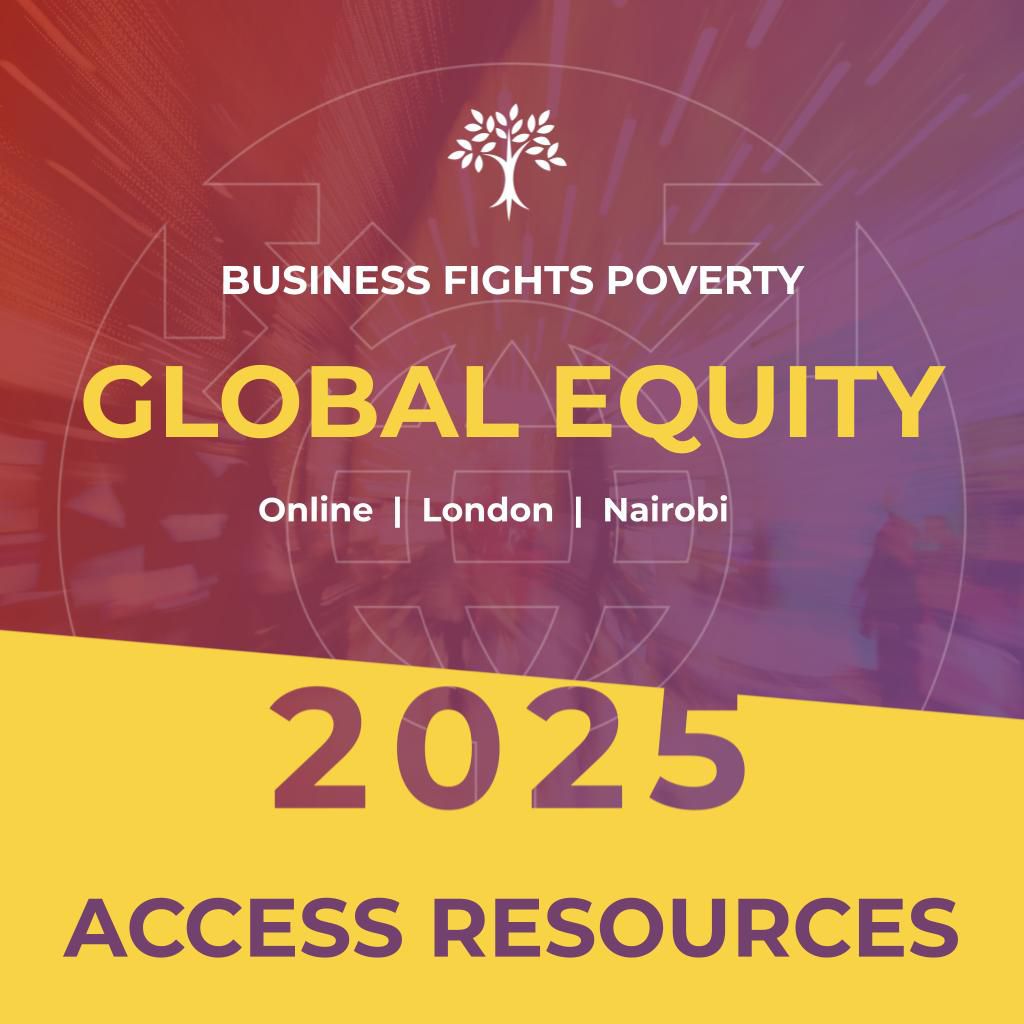There is unprecedented interest in building
value chains and market-based solutions to make nutritious foods more accessible to the people who need the most, and drive better nutrition. Efforts are spanning conventional sectorial divisions: agricultural development programs are introducing nutrition targets, national-level fortification programs are being scaled up and enterprises are developing specially-formulated supplementary foods for young children and mothers.
But will these efforts – which often draw on support from donors and foundations – ultimately lead to sustainable change? To answer this, we need to identify the problem: Why don’t food markets provide nutrient-dense foods to those who need them (especially poor people in rural and urban regions of developing countries)? It’s not that the private sector is absent in these settings. In countries such as Nigeria, there is major investment in food production, food imports and food processing. The problem is that private investments aren’t going towards nutrient-rich foods that are accessible to poor people.
Why is it so difficult to sell nutritious food to the poor?
Based on our research, we think markets for nutrient-rich foods face specific constraints that make them particularly challenging:
• Reaching the Bottom of the Pyramid. It’s well-known that it costs more to distribute products to low income populations. They tend to live in areas with poor infrastructure. Population densities are low in rural areas, meaning a ‘thin’ market for businesses. Meanwhile, the extremely limited spending power of the global poor means that – to be commercially viable – businesses need to operate at large volumes, with a tiny profit margin on each item. There is a huge body of experience on how to build just this kind of BOP business model. But in the context of nutrition, the BOP challenges are exacerbated by two further problems.
• Low consumer demand. Consumers in many countries lack of understanding about what makes up a nutritious diet, and particularly about the special needs of infants and young children. Even when they are aware of nutrition, they may not factor it into decisions when it comes to buying food (this is also a problem in Europe and North America).
• ‘Invisible nutrition’. To consumers, the nutritional quality of many foods (especially processed ones) is ‘invisible’; for example, it’s impossible to tell the difference between a package of plain maize meal and one that has been fortified with micronutrients, except by reading the label. The problem is food markets in many countries are rife with fraudulent products claiming to contain things they do not. As a result, consumers don’t trust labels (with good reason). This means that businesses selling good quality, nutritious products struggle to differentiate them from those that are only pretending to do so. The result is low investment.
The result of these constraints is that businesses find it very difficult to market nutrient-rich foods to poor populations.
How can we tackle the market constraints for nutrition?
Individual businesses respond to these problems. But, working on their own, they often can’t address them in a way that benefits the poor. For example, food manufacturers differentiate their products by packaging them as ‘premium brands’ with higher quality and higher price. This can avoid the problem of ‘invisible nutrition’, but it also puts products out of reach of the poor. A recent study by Hystra found that fortified infant complementary foods are between 12 and 26 times more expensive than unfortified alternatives!
Meanwhile, businesses have developed innovative models to deliver packaged nutritious foods in poor urban areas and to convince consumers of their benefits for children’s health. Yet this too comes at a cost; the same study found that distribution and marketing made up 50 to 70 percent of the price to consumers. (This figure is closer to 25 percent for other consumer goods.)
If individual businesses struggle to address the market constraints, what else can be done?
A role for partnerships and platforms
It’s clear that partnerships and development initiatives are already finding ways to get around some these problems. For example, national fortification platforms are bringing together representatives from governments, donors and major food manufacturers in many countries,including Tanzania.
By bringing together players across the sector and coordinating legally-required fortification of vegetable oil, wheat flour, and other products, these platforms do something individual businesses cannot do alone. Universal fortification can circumvent some of the key market constraints, since consumers receive the added micronutrients through products they already eat.
A second approach is publically-funded distribution. Agencies have stimulated the development of innovative products by providing a guaranteed market and managing distribution to the poorest and most vulnerable groups. Public involvement not only ensures the products reach the neediest; it also guarantees quality against counterfeiting. Yet – short of much wider public funding – this model is not reaching the majority of those affected by undernutrition.
Facilitating shifts to nutritious food markets?
Can public and non-profit support help jumpstart sustained private investment? In recent years, a wide range of pioneering business models for nutritious foods have emerged. Involving businesses from SMEs or multinationals, these ventures have partnered with public and non-profit groups for technical support, access to community networks or support with product development. Yet, in the language of the Monitor Group, there is a ‘pioneer gap’: many small-scale ventures and pilots, but a lack of large-scale change. With a growing body of experience from business ventures, public-private partnerships and institutional innovations, what are we learning about overcoming the market constraints at scale? How can we draw on localized experiences to create sustainable market opportunities?
Please join us on Thursday and share your experiences and insights.










